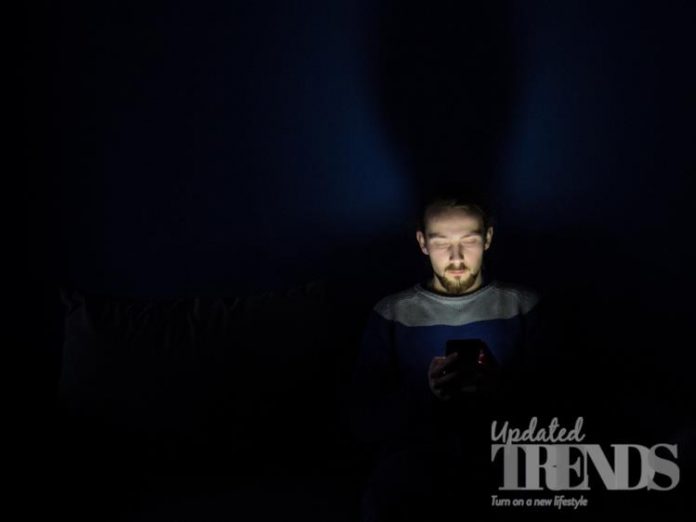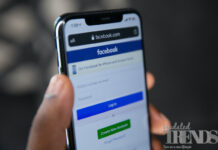Smartphones have become a part and parcel of our lives. For most of us, smartphones have become an essential evil , but not many realise that the device comes with its own disadvantages. Some of it are directly related to our health. A recent study has mentioned that the bluelight which is commonly emitted by smartphones and other digital devices can be harmful for the eye sight. A research has said that exposure to bluelight can cause macular degeneration which is an incurable eye disease which can occur when photoreceptor cells in the eye’s retina die off.
These cells are critical for the vision and do not rejuvenate. The blue light is usually emitted from televisions, laptops and even the sun and prompts chemical reaction that kills the photoreceptor cells. The study was conducted by the researchers at the University of Toledo. Ajith KArunarathne, the lead researcher said, “We are being exposed to blue light continuously and the eye’s cornea and lens cannot block or reflect it”.
Karunarathne added, “It’s no secret that blue light harms our vision by damaging the eye’s retina. Our experiments explain how this happens, and we hope this leads to therapies that slow macular degeneration, such as a new kind of eye drop.” The Photoreceptor cells rely on the retinal molecules that sense light and then send signals to the brain. But the blue light which are emitted by the devices case the molecules to generate poisonous chemical molecules in the photoreceptor cells. This also leads to macular degeneration that typically begins when people reach at the age of 50s or 60s.
The researchers have advised users to avoid looking at the cells phones and tablets in the dark and also suggested that they use sunglasses outdoors as it helps to filter UV rays and blue light. At present the researchers are measuring the amount of blue light from the televisions, cellphones and tablets.
Photo Credits: Pixabay











